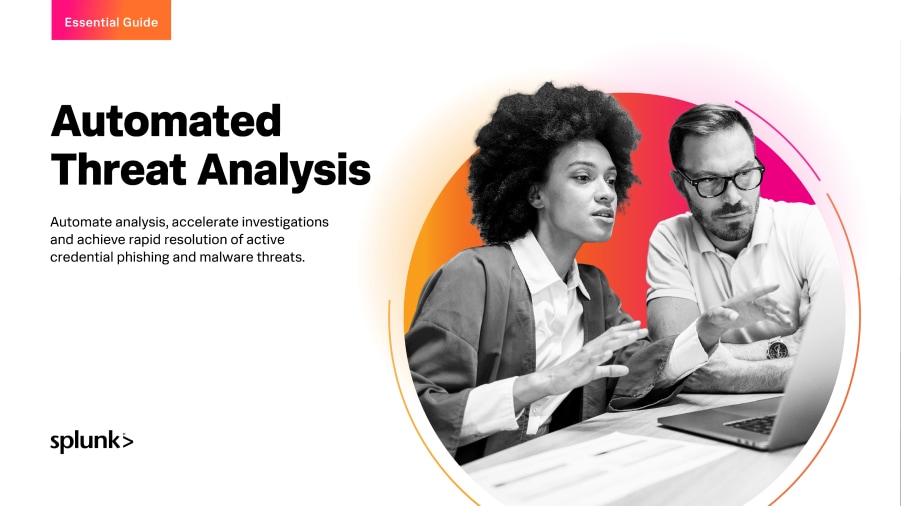Threat Assessments & How To Assess a Cyberthreat

For companies whose market differentiation lies solely with their technology IP or a global digital userbase, the consequences of cyberattacks are overwhelming and cannot be overstated.
Today, many organizations struggle to defend their digital presence. Consider the following stats:
- 21+ days is the average downtime after a malware incident.
- Around 83% of organizations experienced at least one data breach in 2022.
- Intrusions in the financial sector has doubled over the last eight years, from 16% to 30% in 2023.
- Healthcare organizations suffer the most attacks. 93% of organizations in this segment have experienced an attack and the total number of attacks has increased by 53% since 2020. In just the first half of 2022, cyberattacks on healthcare institutions affected around 20 million individuals.
So, we can say that the state of security today is something like this: Cybersecurity risks are skyrocketing. Businesses and organizations struggle to secure sensitive business information away from sophisticated adversaries.
And the latest? CISOs and CIOs are looking for a strategic and intelligence-based approach to cybersecurity. Indeed, cybersecurity budgets have already increased by over 50%, to 0.8 percent of the total business revenue. (You might be thinking that’s just not enough for robust security.)
And yet due to the lack of cybersecurity talent, growing security risks and uncertainties such as role of the human element in data breach incidents, over 30 percent of the executives believe that their budgets are not sufficient to overcome these limitations. Cybersecurity threats are not easy to understand — unless you have:
- A comprehensive view of the attack kill chain.
- Insights into the malicious intent and capability of the adversaries.
- An understanding of the risks exposed to various IT assets running mission critical business operations at your organization.
As a strategic guiding principle for cybersecurity, the industry is treating threat assessment as a distinct but comprehensive exercise. So, what exactly is threat assessment?
What is a threat assessment?
Threat Assessment is the practice of evaluating the nature of a threat incident, identifying the risk associated with the attack and finding the probability of the attack to materialize.
Threat assessment can be a part of your larger cybersecurity risk management strategy.
(Related reading: top cybersecurity threats to know and how vulnerabilities, threats & risk are related.)
How to conduct a threat assessment: a 5-step practice
Any threat assessment practice can include the following steps:
Step 1. Threat identification
First things first: you have to first identify the threat. Threat identification can come from almost anywhere. Common identifiers include:
- Network traffic patterns
- Anomalies
- A set of metrics thresholds that can be used to classify a network activity as potential threat
With a large volume of log metrics data generated in large multi-cloud environments in real-time, the challenge for cybersecurity teams is to differentiate false positives from the real threats.
Step 2. Asset discovery
To monitor and protect your IT assets, you first need to identify and track them.
The nature of IT assets in microservices and containerization-based software-defined architectures is such that computing resources are provisioned in an ephemeral state. These assets are also allocated dynamically across infrastructure shared by:
- In-house data centers
- Private cloud servers
- Off-premises public cloud environments
By discovering when and where your application components are running, you can carefully assess the risk impact and the likelihood of the risk to materialize.
Step 3. Vulnerability & impact assessment
You’re only as secure as your weakest link — and the impact of your security risks depend on the various vulnerabilities in your systems. As part of a threat assessment, you can evaluate how your IT systems and potential vulnerabilities will respond to various threats. This is a first step to securing the weakest links in your cybersecurity defense.
(Related reading: CVE common vulnerabilities and exploits & the CVSS: common vulnerability scoring system.)
Step 4. Risk modeling
An advanced data-driven strategy of your threat assessment can include risk modeling, where an AI model can learn how your systems behave in response to cybersecurity threats. This can be a crucial part of your threat assessment projects where you can identify, predict and test known and known security risks and vulnerabilities.
(Related reading: threat modeling.)
Step 5. Threat likelihood
Once you have knowledge of potential threats to your IT systems, the risks facing your business and a comprehensive view of your system behavior in response to a security attack, the next step is to target cybersecurity initiatives strategically.
To optimize your investments based on threats that have a high likelihood to occur, you should carefully:
- Evaluate the risk factors.
- Map the present risks on their respective threat lifecycle.
- Rank the risks via a qualitative and quantitative (qual/quant) assessment.
These practices can be used to clarify the objective of your defense tactics. Perhaps you can weigh the threats using a risk based scoring model. Consider developing a risk profile that gives importance to a cybersecurity defense initiative against ranked threats, in order to protect IT assets based on business value.
You can then identify and align the tools, resources, expertise and controls required with a narrowed scope of work while guaranteeing a strong security posture against prevalent threats.
See an error or have a suggestion? Please let us know by emailing splunkblogs@cisco.com.
This posting does not necessarily represent Splunk's position, strategies or opinion.
Related Articles
About Splunk
The world’s leading organizations rely on Splunk, a Cisco company, to continuously strengthen digital resilience with our unified security and observability platform, powered by industry-leading AI.
Our customers trust Splunk’s award-winning security and observability solutions to secure and improve the reliability of their complex digital environments, at any scale.


